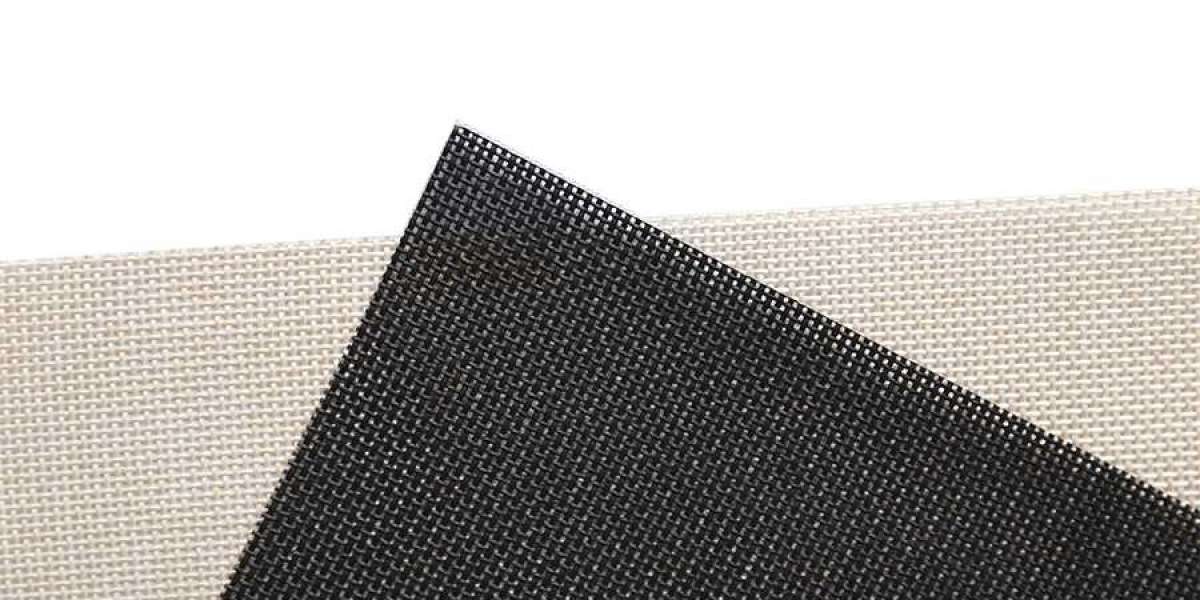Heterogeneous Thyroid Gland: Not Synonymous with Hypothyroidism
The thyroid gland is in the front of the neck. It is a butterfly-shaped organ which plays an essential role in regulating the metabolism of the body. It produces hormones, primarily thyroxine (T4) and triiodothyronine (T3), that influence various functions, including energy heart rate, digestion, and energy output.
One might come across the term "heterogeneous thyroid gland" while discussing thyroid health. This is essential to know the meaning of this term and the difference between heterogeneous thyroid gland and hypothyroidism.
This article will encompass the information about what a heterogeneous thyroid gland is and clarify its distinction from hypothyroidism.
What Does a Heterogeneous Thyroid Gland Mean?
A heterogeneous thyroid gland simply indicates an irregular texture within the thyroid. This is seen on an ultrasound examination. Imagine a sponge; a normal thyroid would resemble a uniform, evenly textured sponge, while a heterogeneous thyroid might have areas denser or less dense compared to others.
This irregularity does not necessarily indicate a specific disease. It is a non-specific finding, and it can be associated with various thyroid conditions.
MCQ:
Which of the following best describes a heterogeneous thyroid gland?
- A thyroid gland that produces excessive thyroid hormones.
- A thyroid gland that appears irregular or uneven in texture on an ultrasound.
- A condition characterized by low levels of thyroid hormones in the blood.
- A thyroid gland that is normal in size and function.
Heterogeneous Thyroid vs. Hypothyroidism: Understanding the Difference
Hypothyroidism occurs when the thyroid gland does not produce an adequate amount of thyroid hormones. This can cause various symptoms like fatigue, weight gain, sensitivity to cold, and difficulty concentrating.
A heterogeneous thyroid, on the other hand, is just a visual finding on an ultrasound. It does not directly tell us about thyroid function. Here is how they differ:
- Function: A heterogeneous thyroid describes the texture of the gland, not its function. Hypothyroidism focuses on the insufficient production of thyroid hormones.
- Symptoms: A heterogeneous thyroid might not cause any symptoms by itself. Hypothyroidism has a well-defined set of symptoms.
- Cause: Hypothyroidism can be caused by conditions that lead to a heterogeneous appearance; it is not the only cause. Many other conditions can cause a heterogeneous thyroid.
MCQ:
What is the key difference between a heterogeneous thyroid gland and hypothyroidism?
- A heterogeneous thyroid gland always leads to hypothyroidism.
- Hypothyroidism is a structural condition diagnosed via ultrasound, while a heterogeneous thyroid gland is diagnosed through blood tests.
- A heterogeneous thyroid gland refers to structural irregularities seen in imaging, while hypothyroidism is a functional disorder indicated by low hormone levels.
- Both terms describe the same condition.
Common causes of a heterogeneous thyroid gland include:
- Autoimmune thyroiditis: This is a generic term for autoimmune diseases affecting the thyroid. Hashimoto's thyroiditis is the most common type. It can cause a heterogeneous appearance of thyroid gland.
- Graves' disease: This autoimmune disorder can initially cause an overactive thyroid, but in some cases, it can lead to a heterogeneous gland.
- Thyroid nodules: These are lumps within the thyroid that can be solid or fluid filled. While most nodules are benign (noncancerous), they can contribute to a heterogeneous thyroid gland.
- Thyroiditis: This is inflammation of the thyroid gland, which can cause the appearance of a heterogeneous thyroid gland on ultrasound.
Therefore, a finding of a heterogeneous thyroid gland requires further investigation to determine the underlying cause and assess thyroid function.
Diagnosis and Management of a Heterogeneous Thyroid Gland
If the healthcare professional finds a heterogeneous thyroid on ultrasound, additional tests need to be conducted to get a complete picture.
These may include:
- Blood tests: Blood tests will measure thyroid hormone levels (TSH, T4, T3) and thyroid antibodies to identify potential autoimmune conditions.
- Fine-needle aspiration (FNA): This minimally invasive procedure involves inserting a thin needle into a suspicious nodule to collect a sample for examination under a microscope to confirm malignancy.
The management plan depends on the underlying cause:
- Autoimmune thyroiditis: If this is the cause, medication like levothyroxine might be needed to replace missing thyroid hormones.
- Graves' disease: Treatment options might include medication, radioactive iodine ablation, or surgery, depending on the severity.
- Thyroid nodules: Depending on the size, nature, and patient's symptoms, management might involve observation, medication, or minimally invasive procedures like ablation.
- Thyroiditis: Treatment typically focuses on managing inflammation with medications like corticosteroids.
Remember, a heterogeneous thyroid gland itself does not require specific treatment unless it is associated with an underlying condition that requires necessary intervention.
Also read: Heterogeneous Thyroid vs. Hyperthyroidism
The Importance of Consulting a Healthcare Professional
If one has received a diagnosis of a heterogeneous thyroid gland, it is crucial to consult with the doctor. They can:
- Explain the specific findings on the ultrasound.
- Order further tests to determine the cause.
- Discuss treatment options, if necessary.
- Monitor the thyroid function over time.
Early diagnosis and appropriate management of the underlying condition are key to maintaining good health.
Conclusion
While a heterogeneous thyroid gland might raise concerns, it is important to understand that it is not synonymous with hypothyroidism. This finding simply describes the texture of the gland on ultrasound and does not directly tell us about its function.
If you have received this diagnosis, consulting your doctor is essential. They can determine the underlying cause through additional tests and recommend appropriate management, if necessary. Remember, a heterogeneous thyroid gland itself is not a disease, but a potential indicator of other conditions. Early diagnosis and treatment for hypothyroidism are key to maintaining optimal thyroid health.

